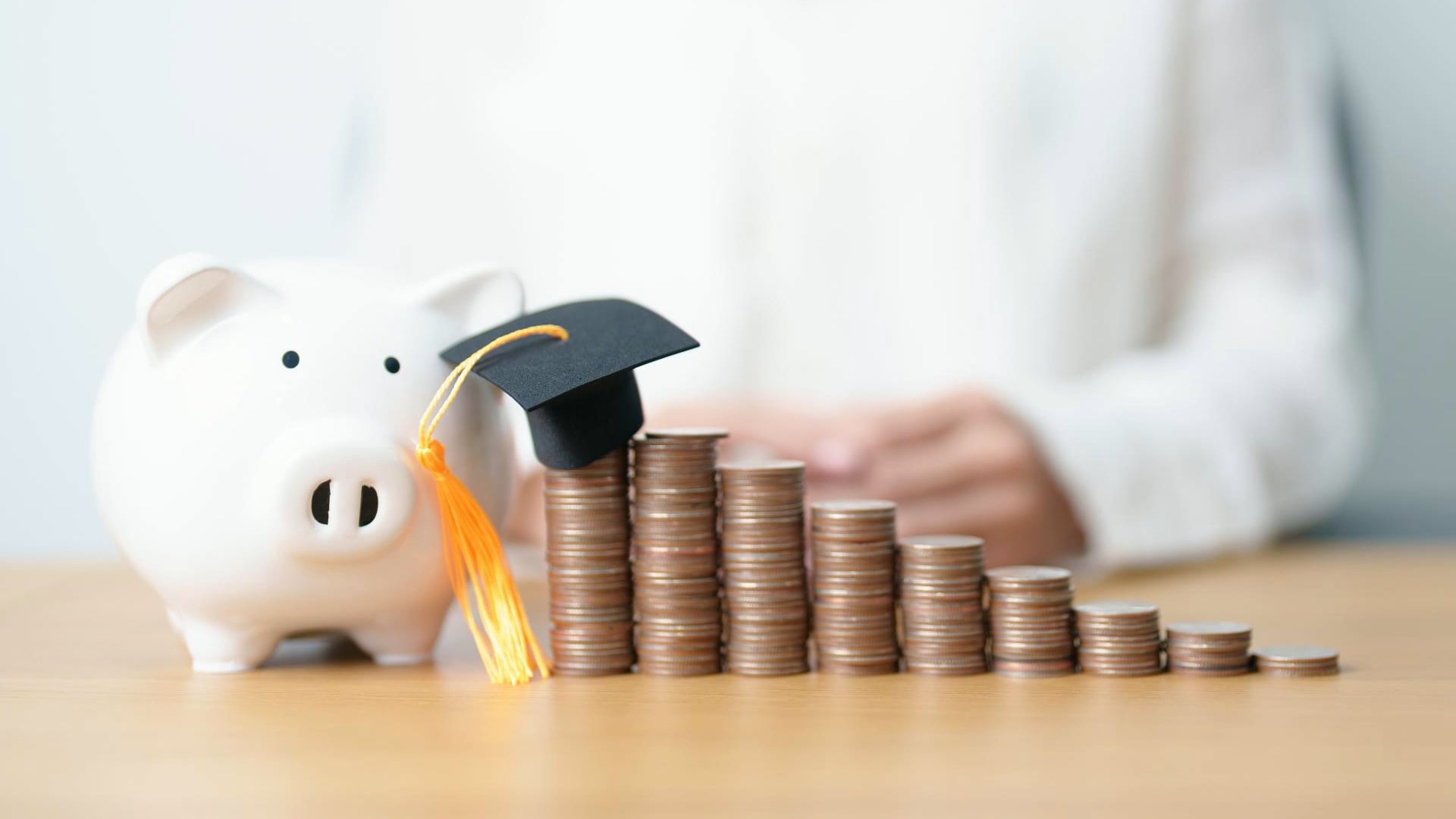Is your student loan payment increasing? What to know about SAVE plan updates

Millions of student loan borrowers who were enrolled in a Biden-era repayment plan will soon see their monthly payments increase after the current administration restarted interest accrual Aug. 1.
Nearly 8 million borrowers on the Saving on a Valuable Education (SAVE) plan are now collecting interest on their loans for the first time since former President Joe Biden placed the group in forbearance in July 2024, pausing both monthly payments and interest accrual.
"Borrowers in the SAVE Plan will see their loan balances grow when interest starts accruing on August 1," the Department of Education said in its July 9 announcement of the changes. "When the SAVE Plan forbearance ends, borrowers will be responsible for making monthly payments that include any accrued interest as well as their principal amounts."
SAVE plan borrowers will begin seeing interest accrue on their loans after more than a year of relief, but they remain in general forbearance for their minimum monthly payments. However, payments on interest alone could cost the typical borrower hundreds of dollars per month, according to a recent analysis from the Student Borrower Protection Center, a debt-focused advocacy group.
The Department said the move is part of an effort to comply with an injunction issued in April to implement a court order striking down SAVE, however, the rulings they cited do not specifically call the interest-free forbearance illegal.
Here's what to know:
What is the SAVE plan?
That program, launched in 2023 by the Biden administration, was designed to provide more generous terms than prior income-based repayment plans, with monthly payments dropping to as low as $0 for some borrowers.
It also provided debt forgiveness for some smaller loans in as few as 10 years, compared to the 20- or 25-year timeline under earlier rules. But the program was quickly challenged in court, caught up in a string of rulings over the administration’s student debt relief plan. In 2024, two courts issued injunctions against the SAVE plan, effectively blocking it, leading the Biden administration to place SAVE plan borrowers into an interest-free forbearance as its legal fights continued.
Like several other student loan programs, the SAVE plan has come under fire from President Donald Trump's Department of Education as it began to aggressively overhaul the federal student loan system and institute aggressive collection policies.
The Department said it began direct outreach to the millions of SAVE plan borrowers in early July about the resumption of interest charges, including instructions on how to move to what it calls a "legal repayment plan."
How much will payments increase?
For the typical borrower on the plan, the resumption of interest charges could cost them about $300 per month, according to a July analysis from the debt-focused advocacy group Student Borrower Protection Center. That amounts to more than $3,500 in interest costs annually.
The center said it estimates more than 40% of borrowers in the SAVE plan make less than 225% of the federal poverty line, which it calculated to be $35,213 per year for single borrowers and up to $72,338 for borrowers heading a household of four.
Borrowers can check how the resumption of interest on their loans will impact their payments by going to the loan simulator on the Federal Student Aid website.
What is the Repayment Assistance Plan?
Education Secretary Linda McMahon urged SAVE borrowers to transition quickly to alternate repayment plans.
"For years, the Biden administration used so-called ‘loan forgiveness’ promises to win votes, but federal courts repeatedly ruled that those actions were unlawful," she said in a statement on July 9. "Congress designed these programs to ensure that borrowers repay their loans, yet the Biden administration tried to illegally force taxpayers to foot the bill instead."
McMahon said the department urges all borrowers in the SAVE plan to transition to what she calls "legally compliant" repayment plans, pointing to the administration's proposed Repayment Assistance Plan, RAP, slated to replace the existing Income-Based Repayment Plan in 2026.
SAVE based monthly payments, which could be as low as $0, on discretionary income. In comparison, RAP bases payments on gross income and requires all borrowers, even those who report no income, to make minimum monthly payments of at least $10.
The new plan was part of a series of student loan changes included in Trump's massive tax and spending bill, signed into law on July 4. Most of the overhauls take effect July 1, 2026, and include new limits on the amount that students and their families can borrow and new eligibility criteria for Pell Grants, which help low-income undergraduate students.
This story was updated to clarify a reference to SAVE plan borrowers' forbearance status.
Contributing: Reuters; Zachary Schermele, Paste BN.
Kathryn Palmer is a national trending news reporter for Paste BN. You can reach her at kapalmer@usatoday.com and on X @KathrynPlmr.